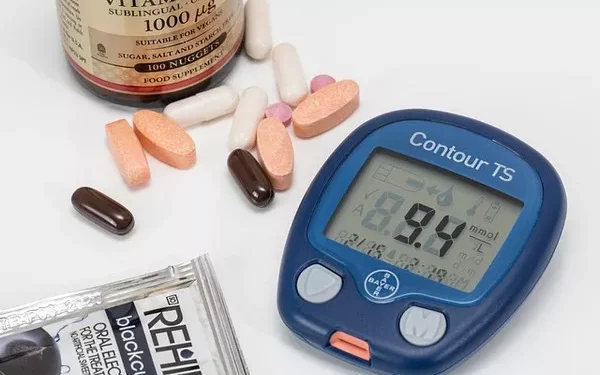Type 2 diabetes, a chronic condition that can potentially be put into remission, requires careful management of blood sugar levels. Nutrition plays a pivotal role in controlling blood sugar fluctuations and reducing the associated risks. Rob Hobson, a nutritionist at Healthspan, offers expert advice on the best breakfast foods for those managing type 2 diabetes.
Type 2 diabetes arises when the pancreas fails to produce enough insulin to regulate blood sugar, leading to dangerous spikes. Over time, inadequate insulin regulation can increase the risk of serious health complications such as heart disease. Proper dietary choices can help stabilize blood sugar levels and minimize these risks.
Hobson emphasizes that breakfast foods rich in fiber, protein, and healthy fats are ideal for maintaining stable blood sugar. Among the best options are pumpernickel bread topped with nut butter and banana slices, plain Greek yogurt with blueberries, and soaked oats with milk, yogurt, grated apples, sultanas, and cinnamon. These foods are digested slowly, preventing sudden spikes in blood sugar.
Pumpernickel, a dense rye bread with a mild sweetness, offers several benefits. Hobson explains that adding nut butter to pumpernickel helps slow the sugar release from the banana, due to the healthy fats and protein it contains.
Low glycemic index (GI) foods, which release sugar into the bloodstream more gradually, are also recommended. Most whole fruits, except melon and pineapple, have a low GI, making them excellent choices for a diabetic-friendly breakfast. Hobson suggests pairing blueberries with Greek yogurt or another low-GI fruit for a nutritious morning meal. Greek yogurt is an excellent source of protein and fat, and when choosing natural varieties, it remains low in sugar.
Oats, known for their high fiber content and low GI score, are another top choice. Hobson notes that oats break down slowly in the digestive system, helping to regulate blood glucose levels. Additionally, oats contain beta-glucans, which may improve insulin sensitivity, a crucial factor for managing type 2 diabetes.
For healthier breakfast swaps, Diabetes UK suggests replacing sugary cereals with wholegrain alternatives like porridge, wheat biscuits, shredded wheat, or muesli with no added sugar. They also recommend switching from white bread to wholegrain varieties, such as seeded batch bread, multi-seed, granary, or linseed bread, which are better for both diabetes and digestive health.
Other useful breakfast swaps include using whole wheat flour for rotis and chapattis, choosing mashed banana instead of jam, and opting for low-fat cheese, cottage cheese with fresh dates, or natural nut butter with banana slices. Additionally, it’s important to limit the use of oils during cooking, opting for healthier unsaturated oils like olive or sunflower oil instead of butter or ghee.
Adding extra fruits and vegetables to your breakfast can further boost your fiber intake. Hobson suggests incorporating berries, dried fruits, or half a banana into cereal or adding grilled tomatoes to eggs on toast to enhance the meal’s nutritional value. These small changes can make a significant difference in managing blood sugar levels and supporting overall health for those living with type 2 diabetes.
Related topics:
Study Reveals Higher Diabetes Rates in Australia, Urges Urgent Action
Glycemic Excursion Minimization: A New Approach to Managing Type 2 Diabetes
Diabetes Medications Show Potential in Reducing Dementia Risk in Australia























